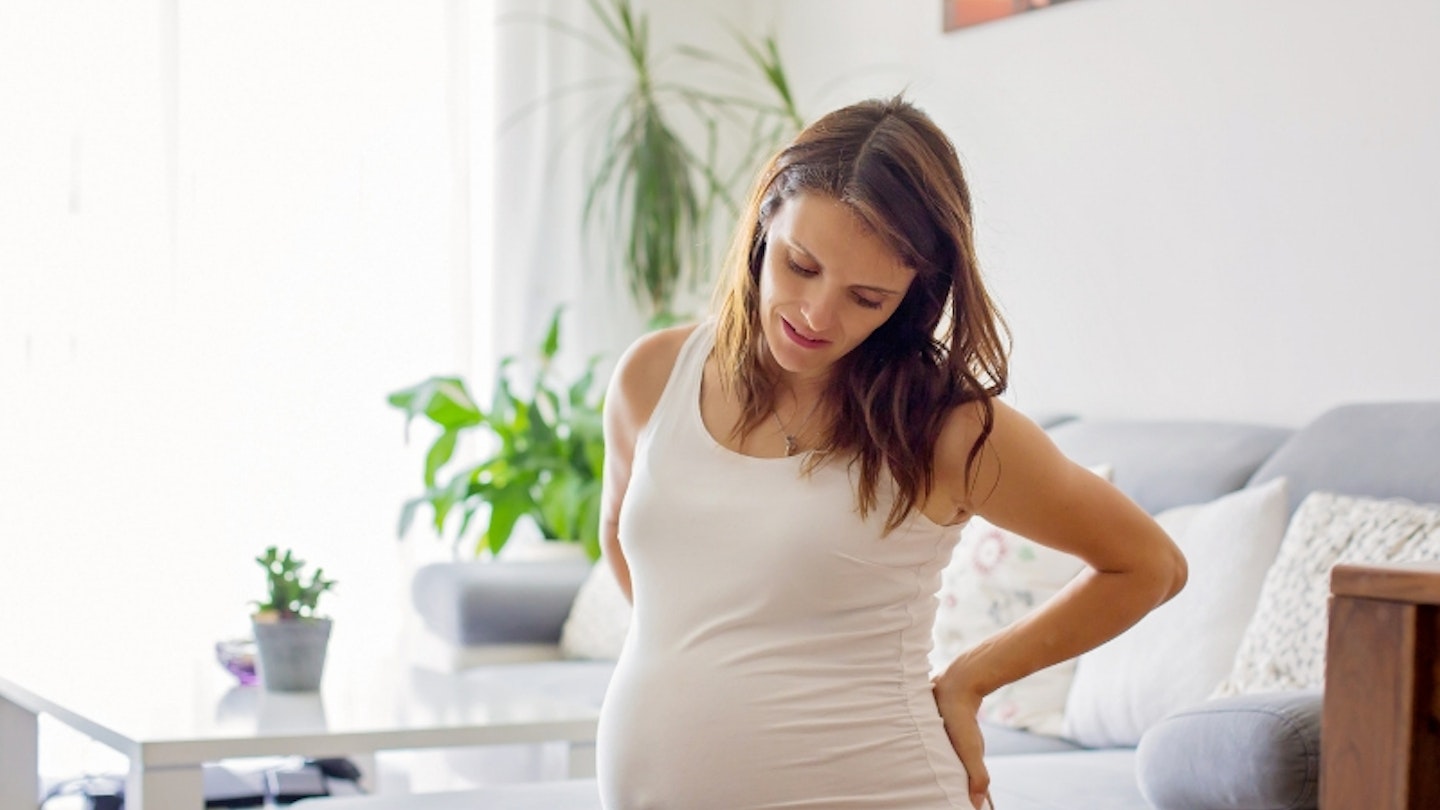If you're pregnant(or simply just curious) you may be wondering what contractions feel like.
Forget biceps, triceps and quads, the strongest muscle in the human body is a women-only affair. It’s the muscle inside your womb. And boy, it needs to be strong.
When the time comes to give birth, your uterine muscle is responsible for moving your baby out of your womb and into the birth canal. How does it do it? By contracting…
From contractions, to labour, timing, the pushing stage and more, we spoke to The Naked Doula and birth expert, Emma Armstrong, and here she shares everything that you need to know.
“Embarking on the journey of childbirth, it's essential to understand the unique and transformative experience of contractions, the body's natural mechanism to bring your baby into the world. Contractions, though widely varied in sensation from person to person, often start as period-like cramps or lower back pains. This initial discomfort is not a signal of danger but a purposeful, productive pain. The uterus, a powerful group of muscles that work to dilate the cervix and guide your baby downwards, reminiscent of how it contracts during your menstrual cycle to shed its lining."
"As labour progresses, contractions grow more frequent and intense, often described as waves that crescendo in strength. This wave-like nature isn't uniform; the sensation can be predominantly in the front, sides, or back, heavily influenced by your baby's position. The key to navigating these powerful surges lies in surrender and embracing the sensations. Employing focused breathing techniques and maintaining a relaxed demeanour, particularly a 'floppy face,' can significantly aid in managing these moments. You even find, some women find joy and empowerment in riding these waves of intensity. Smiling and laughing scientifically shows a decrease in pain and a big release of endorphins (your body’s natural pain relief)."
The peak of a contraction
"Statistically, in an average eight-hour labour, the peak of a contraction, which is the most intense part, constitutes only about 7.7% of the duration. Actual contraction time takes up 23% of the labour, leaving a substantial 77% for rest and recovery. This distribution emphasises the importance of relaxation, especially during the peak, to facilitate smooth cervical dilation. Utilising techniques such as my 'floppy face, floppy fanny' can create an ideal environment for your body to work efficiently."
Timing
"Timing contractions is a common practice for many, especially in the early stages of labour, to decide when to seek medical care or alert your midwife. A general guideline is to note contractions lasting 60-90 seconds, occurring every 3-4 minutes. However, once you're in a supported environment, such as a hospital or with a midwife at home, timing becomes less crucial, allowing you to focus more on your body's instincts and needs."
The pushing stage
"When it comes to the pushing stage this is where the uterus really takes centre stage! This is going to feel weird as the uterus starts to push your baby down, so your contractions almost seem backwards! You’ll feel the need to bear down. Don’t rush the process and don’t force the issue. Instead lean into it and keep your mouth open. Even if you push without thinking, keep a soft mouth as this will enable and help the perineum stretch. Use low vibrational noises to work in unity with your mind body and baby."
Listen to your body
"It's paramount to listen to your body during the onset of labour. Rushing to action may lead to premature exhaustion. Instead, follow your intuition and trust in your body's capability to guide you through this profound experience. Remember, every labour story is unique, and yours will unfold in its own perfect timing, guided by the innate wisdom of your body and the supportive presence of your care team.”
Adejumoke Ilori is a Commercial Content Writer for Mother&Baby. She is a mum to a little girl and has worked for various digital platform. She has produced content that empowers women from all walks of life by sharing real life stories based on relationships, loving yourself and motherhood. She has also worked for OK! and New Magazine, writing product reviews, covering fashion and beauty, the latest celebrity news and lifestyle. Adejumoke enjoys spending quality time at home with her daughter creating precious memories – doing things like spa nights and grabbing popcorn and cuddling up.
Meet the expert:
Emma Armstrong, is The Naked Doula and birth expert at The Baby Show. She is a Hynobirthing Coach, Certified Birth Doula, Birth Influencer and author of The Fearless Birth Book which is out soon.

